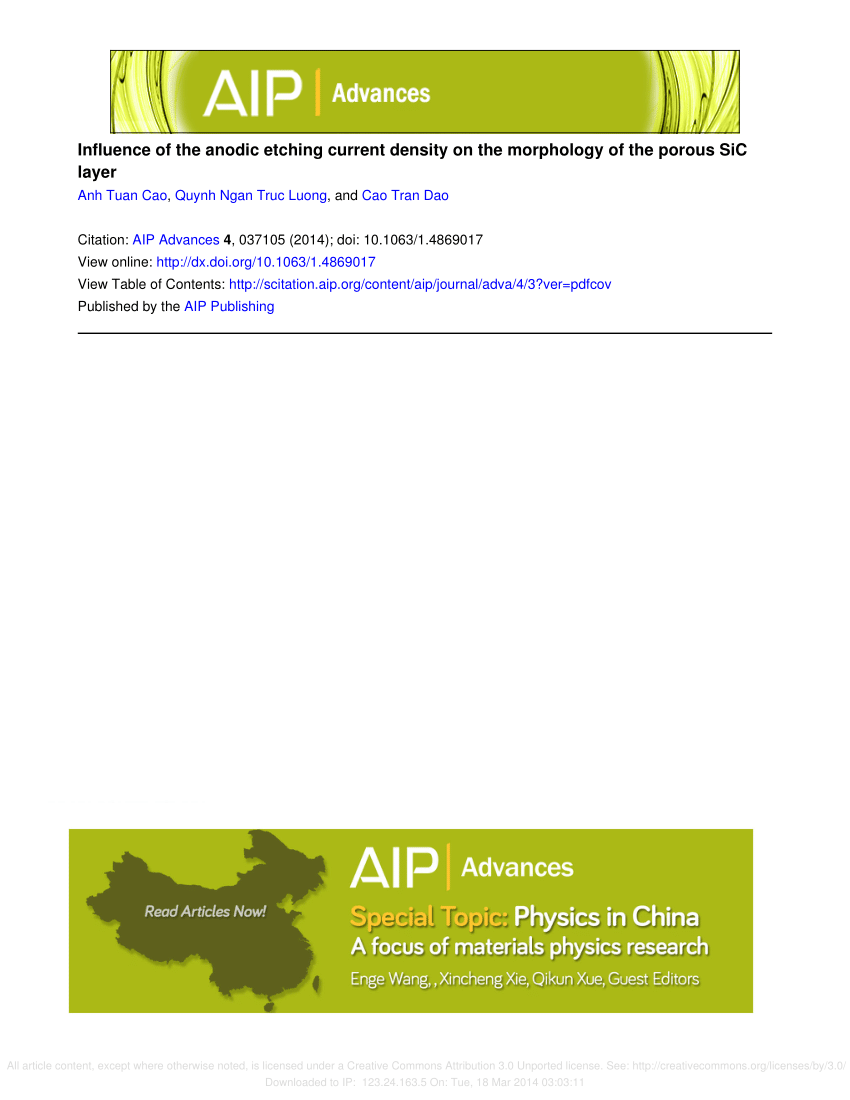等离子体束装置中的首次光谱研究
IF 1.4
4区 物理与天体物理
Q4 MATERIALS SCIENCE, MULTIDISCIPLINARY
引用次数: 0
摘要
本文介绍了用于材料科学研究的等离子体束装置(PBI)线性模拟器中的等离子体光谱测量结果。这是首次采用非接触式光学诊断方法来测量 PBI 中的等离子体参数。通过这些测量,可以明确 PBI 的等离子参数,并确定不同运行模式下的过渡区。通过分析等离子体发射光谱,可以识别杂质谱线,并估算不同实验条件下的主要等离子体参数。光谱是使用两台波长范围为 200-800 纳米的光学光谱仪记录的。实验条件在电子束加速电压(1-5 kV)、工作气体压力(1-6 mTorr)和靶偏置电压(-500 至 -100 V)方面各不相同。利用玻尔兹曼图法和巴尔默线的斯塔克展宽来估算电子温度和密度。根据获得的光谱数据,确定了电子密度和电子温度。本研究中描述的方法适用于线性等离子体设备。本文章由计算机程序翻译,如有差异,请以英文原文为准。
First spectroscopic studies in the plasma-beam installation
This paper presents the results of spectroscopic measurements of plasma in a linear simulator of a plasma-beam installation (PBI) for conducting materials science research. For the first time, non-contact optical diagnostic methods were employed to measure the plasma parameters in the PBI. These measurements were allowed for the clarification of the PBI plasma parameters and the identification of transition zones in different operational modes. Analysis of the plasma emission spectrum enabled the identification of impurity spectral lines and the estimation of key plasma parameters under varying experimental conditions. The spectra were recorded using two optical spectrometers covering a wavelength range of 200–800 nm. The experimental conditions varied in terms of electron beam accelerating voltage (1–5 kV), working gas pressure (1–6 mTorr), and target bias voltage (from −500 to −100 V). The Boltzmann plot method and Stark broadening of the Balmer lines were used to estimate electron temperature and density. Based on the obtained spectroscopic data, the electron density and the electron temperature were determined. The methods described in this study are applicable to linear plasma devices.
求助全文
通过发布文献求助,成功后即可免费获取论文全文。
去求助
来源期刊

AIP Advances
NANOSCIENCE & NANOTECHNOLOGY-MATERIALS SCIENCE, MULTIDISCIPLINARY
CiteScore
2.80
自引率
6.20%
发文量
1233
审稿时长
2-4 weeks
期刊介绍:
AIP Advances is an open access journal publishing in all areas of physical sciences—applied, theoretical, and experimental. All published articles are freely available to read, download, and share. The journal prides itself on the belief that all good science is important and relevant. Our inclusive scope and publication standards make it an essential outlet for scientists in the physical sciences.
AIP Advances is a community-based journal, with a fast production cycle. The quick publication process and open-access model allows us to quickly distribute new scientific concepts. Our Editors, assisted by peer review, determine whether a manuscript is technically correct and original. After publication, the readership evaluates whether a manuscript is timely, relevant, or significant.
 求助内容:
求助内容: 应助结果提醒方式:
应助结果提醒方式:


